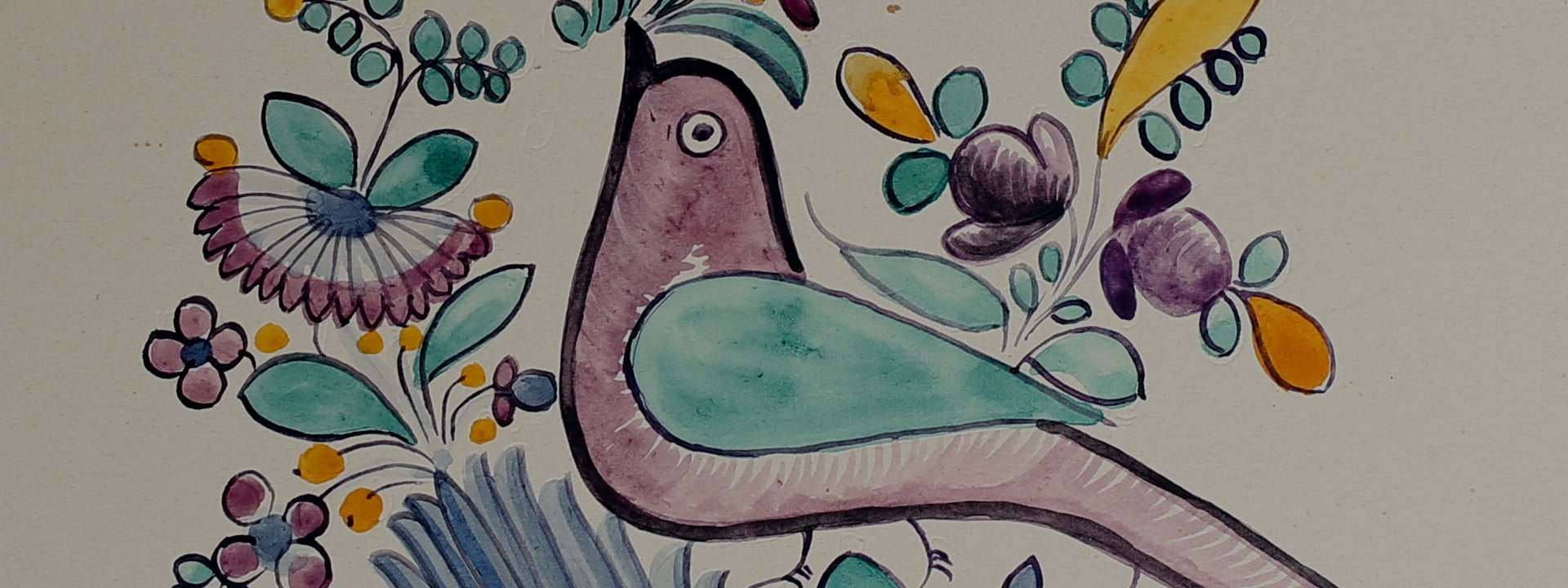
GETTING READY FOR YOUR TRIP
The history of Modra is closely tied to winegrowing. Join us now for a brief tour of the town’s history.
Archaeologists estimate that the area around Modra was settled from 5000 BC to 3000 BC – the Neolithic. However, the oldest written mention of the town dates to the 13th century. In a document of Béla IV of Hungary from 1256, it is referred to as villa Modur, or possibly Modor. In the Middle Ages, it was referred to as Modur, Modor, and Modra.
The story of Modra runs parallel with the history of the Great Moravian Empire (833–907); it later found its place in the rising Kingdom of Hungary (1000). When Mongols invaded the new Hungarian state in 1241, they looted everything in their path; the Hungarian kings therefore invited settlers to settle in the desolate regions. They were excellent craftsmen, winegrowers, and merchants.
Our town reaped the benefits of the German colonisation, which brought with it an expansion of winegrowing, winemaking, craft production, construction, architecture, and gastronomy.
Modra advanced significantly after it was awarded the status of royal free town on 13 August 1607, after which the town was directly subordinate to the monarch. For this, the town paid a one-off sum of 6,000 guldens and an annual fee of 640 guldens. Unlike neighbouring towns, Modra was not required to pay this tax to the monarch in kind (with their best quality wines), which they were most grateful for when there was a poor harvest. For the town and its residents, this status brought not only privileges (such as in the judiciary), but obligations as well. Privileges, such as participation in sessions of the regional parliament in Bratislava and limitations on privileges for foreigners and non-residents of the town that would be detrimental to Modra, were balanced by the imposition of obligations, such as the requirement to build city walls. Makeshift walls built in the 16th century were replaced by a fortification system built between 1610 and 1646. The older fortification consisted of trenches, ramparts, and three gates. The most important defensive structure was the ‘Red Tower’ – the bastion (which today houses the Ignác Bizmayer Gallery), which protected the town on the western side. Three gates protected the entrance to the inner town: the Pezinok Gate and the Upper and Lower Gates. The suburbs were protected by trenches and ramparts reinforced by palisades. Also associated with the privileges of a royal free town was the establishment of the sub-village of Kráľová in 1609, with the arrival of people from various parts of today’s Slovakia and from Moravia, and even Croatia and Germany. They chose as their new home a place where they could freely practice their religion.
The history of Modra has been impacted by Mongol invasions, rebellions, fires, and disease; nonetheless, we have held on to our winegrowing, ceramics, and bountiful forests. We invite you to discover them with us!
Winegrowing and winemaking have been thriving in this town since the 13th century. The Small Carpathian Winegrowing Region, of which Modra is a part, is the largest and oldest winegrowing region in Slovakia. The soil is stony, light, has limited water retention properties, and absorbs heat from the sun quite well. The white varieties cultivated here include Welschriesling and Grüner Veltliner; red varieties include particularly Blaufränkisch and St Laurent. Müller–Thurgau, Grüner Silvaner, Mädchentraube, Chardonnay, and Blauer Portugieser round out the range of grape varieties cultivated here.
The history of winegrowing and winemaking is also linked to the German colonisation. The Hungarian monarchs invited settlers to areas that had been depopulated or were sparsely populated, and they brought with them from their homelands their language as well as their common law, knowledge, and skills; they were excellent craftsmen and winemakers.
From the 16th to the 19th centuries, artisanal activity burgeoned in Modra, but the town stayed true to its winegrowing tradition. Most of the artisan households owned vineyards which provided their main source of income. Local winemakers benefited from the Turkish occupation in the 16th century, when cheap wines from the south stopped competing with local wines. They also supplied the soldiers with wine, which meant steady sales. Whilst winegrowing in the 16th century was the primary source of income for small growers, by the early 17th century wine had become a good product for trade and it kept the coffers of both the winegrowers and the town filled.
Although the town would still face a few crucial moments, such as a fire, an epidemic, and armed conflict, it has retained its historical character and its relationship with winegrowing and majolica.








